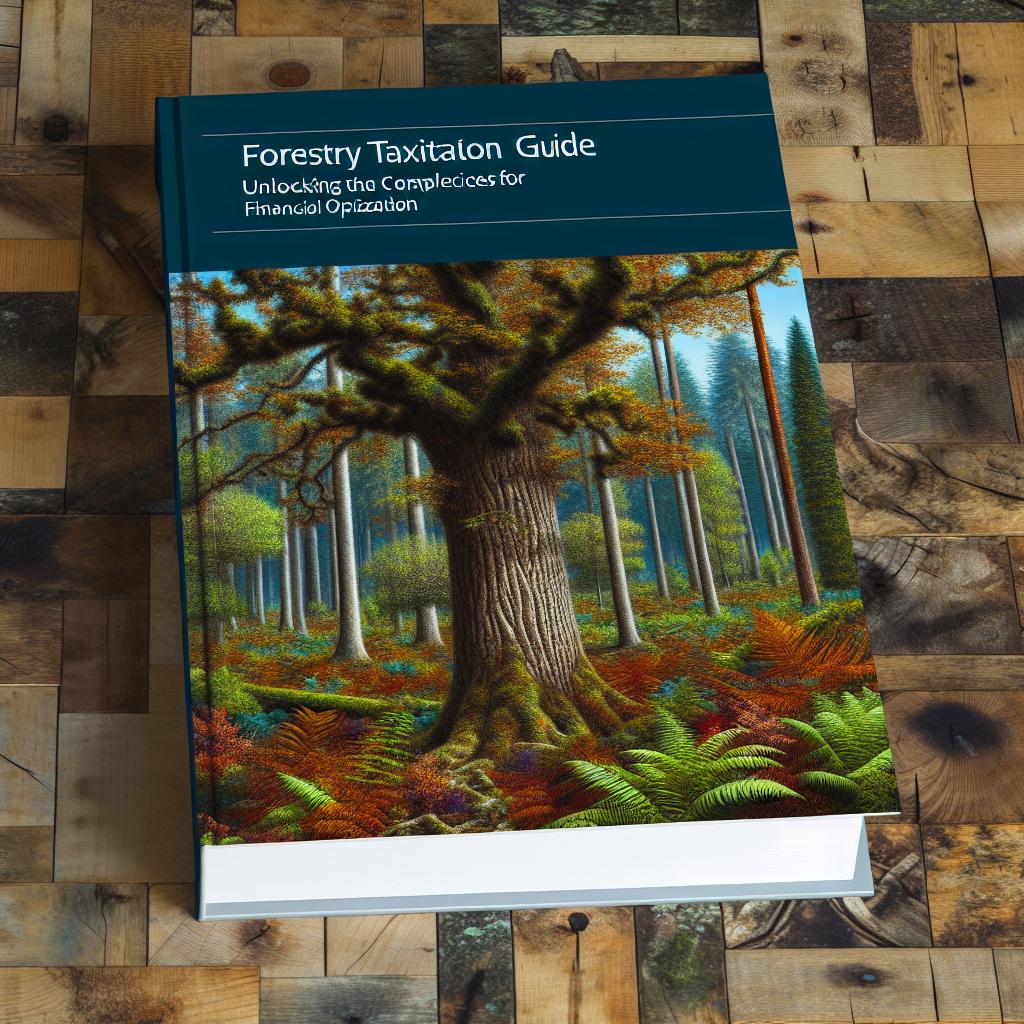
Unlock the complexities of forestry taxation and optimize your financial strategy with our comprehensive guide.
Exploring the Unique Tax Benefits of Forestry Investments
Discover the fiscal advantages of delving into forestry investments. In this section, we'll break down the various tax benefits that make forestry an attractive option for investors. We'll discuss how the absence of income tax on forestry revenue can significantly enhance your investment returns, and why these unique benefits may contribute to a more robust and diversified investment portfolio.
We'll also examine the implications of these tax incentives on long-term financial planning, including the potential for increased net profits due to the tax-exempt status of forestry income. By understanding these benefits, investors can make informed decisions that align with their financial goals.
Understanding Tax Exemptions and Reductions in Forestry
In this part of the guide, we'll delve into the specifics of tax exemptions and reductions that are applicable to forestry. Learn about the conditions under which these exemptions apply, and how they can result in substantial savings for investors. We'll also clarify the types of forestry operations and activities that qualify for these tax advantages.
Additionally, we'll discuss the potential implications of these exemptions on the overall taxation of your estate, providing insights into how strategic forestry investment can aid in efficient tax planning and estate management.
Navigating Tax Bands and Their Impact on Your Forestry Ventures
This section aims to guide you through the complex landscape of tax bands and their relevance to your forestry investments. By understanding the different tax bands, investors can better anticipate their tax liabilities and plan accordingly. We'll outline the thresholds, rates, and the possible impact of crossing into higher tax bands.
Moreover, we'll provide examples to illustrate how tax bands might affect your forestry investment earnings and how careful planning can help you remain within the most beneficial tax band. This knowledge is crucial for maintaining the tax efficiency of your forestry venture.
Strategies for Maximizing Tax Advantages in Forestry
Maximizing tax advantages requires strategic planning and a deep understanding of forestry-related tax legislation. In this segment, we will explore various strategies that can be employed to enhance the tax benefits of your forestry investments. From timing the harvest to structuring your investment in a tax-efficient manner, we'll cover all the angles to help you get the most out of your forestry operations.
We'll also touch upon the role of reinvestment and how it can affect your tax situation, ensuring that you have a comprehensive view of the ways to optimize your forestry investment for tax purposes.
Seeking Professional Advice for Forestry Tax Planning
While this guide provides a foundational understanding of forestry taxation, individual circumstances can vary greatly. In this final section, we emphasize the importance of seeking personalized, professional tax advice. We'll discuss how tax consultants or accountants with expertise in forestry can provide tailored guidance that takes into account your specific financial situation and objectives.
We'll also provide tips on selecting the right tax advisor and what information to prepare for your consultation. Remember, effective tax planning is a critical component of successful forestry investment, and professional advice can be invaluable in navigating this complex area.
April 7, 2024
.png?width=2000&name=Brochure%20(2).png)